Strategies for establishing and using windbreaks successfully
Learn from producers who have established windbreaks on their properties.
Windbreaks case study: maple orchard protection and syrup production
Overview
Farm operation: cash crops and maple products
Doug and Cecilia Cassie have taken an innovative approach to producing maple syrup in Elora (figure 1).
Every spring the Cassies tap the sugar maples on the roadside of their farm to produce maple syrup. They have obtained permission from their neighbours to tap their roadside trees as well.
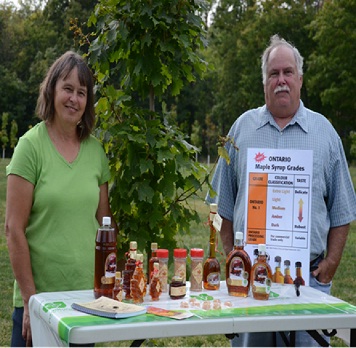
Figure 1. Doug and Cecilia Cassie with some of the products they sell.
Currently half of their maple syrup comes from roadside trees and the other half from laneway trees. This year, however, they are expecting to increase taps along additional farm laneways with neighbour agreements. They eventually hope to tap a sugarbush. The roadside trees can give sweeter sap and usually more syrup due to a larger spreading crown.
The roadside trees on their farm also serve as a windbreak to protect the Cassie's adjacent maple orchard from north westerly winds. The orchard has 240 young sugar maples and is highly susceptible to damage from the wind and wildlife, such as deer, mice and rabbits.
Growing the maple orchard
The Cassies worked with their local conservation authority, the Grand River Conservation Authority (GRCA), and took 1.6 ha (4 acres) of cropland out of production to establish their maple orchard. At the same time, to enhance crop production on other fields, they removed fence rows and some in-field trees. It will be some time before this maple orchard reaches a tap-able size (20 to 30 years). Their maple orchard will help to ensure that their maple business will continue for the next generation.
If you're going to cut some trees out, it may be a good idea to put some back in the ground.
Doug Cassie
Best management practices
To prevent the maple orchard from being browsed by deer, the Cassies use a best management practice of attaching a soap bar odour dispenser to a tree stake beside any saplings at risk. Browsing usually causes stunted growth of the sapling, which delays the potential productivity of the tree.
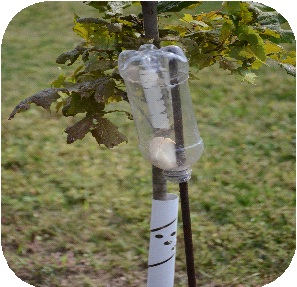
Figure 2. Soap bar odour deer deterrent.
The soap bar odour dispenser technique is a perforated water bottle with a bar of soap inside of it that emits a scent that deters deer.
The multifunctional use of windbreaks
The Cassies have cultivated areas beside both the roadside maples and the windbreak beside the house. These cultivated areas are to be planted with raspberries, strawberries and possibly potatoes. The crops will either be sold at the farm gate or consumed for personal use.
All of these crops (the maple orchard, fruits and vegetables) will be protected from damaging winds by the farmstead and roadside windbreaks. These crops make the windbreaks a multifunctional asset on the farm.
By planting these crops, the Cassie farm will see immediate results from the area which would otherwise sit untapped until the trees become mature.
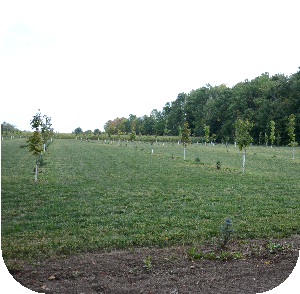
Figure 3. Young maple orchard.
The Cassie's young maple orchard will grow for around 20 more years before it can be tapped for syrup. The alleys between tree rows can be planted with annual fruit and vegetables.
Summary
Windbreaks have improved the sustainability of the Cassie farm enterprise by enabling crop protection and providing additional income.
Windbreaks case study: supporting organic certification
Overview
Farm operation: certified organic
Ross Campbell owns a certified organic farm in Oxford County, East Zorra-Tavistock and planted his windbreaks in 2007. The goals of his windbreak project are to:
- protect his organic crops from contaminants
- prevent soil erosion
- prevent crop damage from wind
- provide long-term environmental improvements
- encourage biodiversity
- create aesthetics
Ross Campbell's farm has a double row of Norway spruce and European Larch, which offers additional crop protection to the present grass buffer on which the trees are planted.
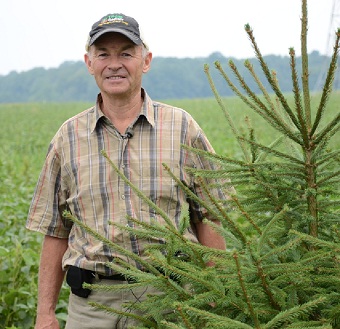
Figure 4. Ross Campbell uses windbreaks on his organic farm to buffer fields.
Windbreaks and organic farming
To maintain the certification of "organic", farms are required to buffer their fields to ensure there is no contamination of their crops from neighbouring fields. Windbreaks help protect valuable organic crops from being compromised by pesticide drift, genetically modified crops and other contaminants. Having a grass buffer and a windbreak helps Ross maintain his organic certification.
I'm certified organic and I have to have at least a 25 foot buffer put up on the side of the farm. So trees fit very well in that.
Ross Campbell
Using plastic mulch
Plastic mulch allows for windbreaks to establish quickly and protect crops earlier. The benefits of plastic mulch include:
- greater water retention
- greater heat retention in the soil
- reduced weed growth
Compared to trees grown by other means, those grown in plastic mulch mature quicker which makes them more valuable because they start functioning as windbreaks much sooner.
Even during a dry season, the advantages offered by using plastic mulch on Ross Campbell's windbreaks resulted in more than a 90% tree survival.
Campbell also believes that "plastic mulch is the best idea on an organic farm to keep weeds down" since crop protection chemicals cannot be used for weed control on organic farms.
When I put the plastic mulch in, there were definitely some strong advantages to having it... the plastic trapped the moisture. We planted these trees in a very dry year, and they still grew well that year.
Ross Campbell
Having fewer weeds also minimizes windbreak maintenance. Now all Campbell needs to do is trim the double leaders that develop on some spruce trees. Trimming the double leaders enhances the health and shape of the tree.
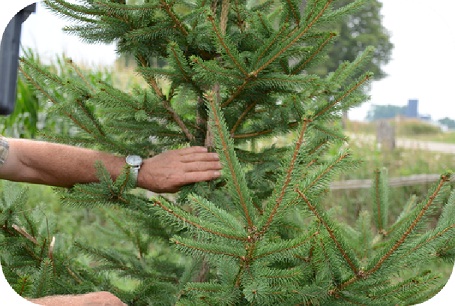
Figure 5. Tree with a double leader. Double leaders can be removed to a single leader to control and promote tree growth.
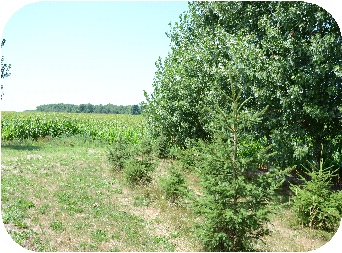
Figure 6. Plastic mulch helps to reduce weed competition and improves growth. The spruce tree in the foreground of Figure 6 was grown in plastic mulch, whereas the shorter spruce trees behind it were not.
Summary
Windbreaks are improving the sustainability of Ross Campbell's operations. Not only does the windbreak protect his valuable organic crop, it also improves the environment by providing additional trees and habitats for birds and other animals. Plastic mulch proves to be a key tool in starting a successful windbreak at the Campbell farm.
Windbreaks case study: crop protection and income generation
Overview
Farm operation: 160 hectare (400 acre) cash crop farm and sawmill
The 4,500 trees in Bob Taylor's windbreak protect his crops from the damaging effects of prevailing winds and provide habitat for nesting birds.
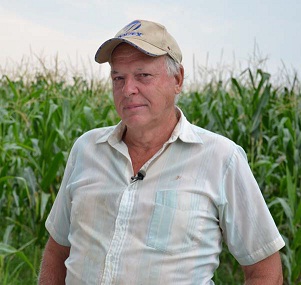
Figure 7. Bob Taylor, Zorra Township used windbreaks to protect crops and provide habitat for birds.
Bob was inspired to plant a windbreak of his own after attending a windbreak workshop in 1982 at the University of Guelph, Ridgetown Campus. He has been working closely with his local conservation authority ever since. He maintains that the conservation authorities are valuable partners when planning and planting a windbreak. Their role in conducting farm assessments and guiding site preparations a year prior to planting the trees is valuable for establishing a successful windbreak.
Layout
The west and east side of Bob's farm are bordered with two-row windbreaks consisting of Norway spruce and white cedar. Bob believes these species are a good combination in the double row format, but they would also work well in a single row windbreak when planted in an alternating stock pattern.
Return on investment
The most noticeable benefits from the windbreaks are financial. For Bob, windbreaks have increased his financial returns by:
- increasing crop yields by reducing wind speed and soil erosion and by trapping eroding soil particles
- offering wood that he can process in his sawmill and sell as lumber
As land values have increased, Bob realizes it is vital to maximize the land he has for crop production. Even though windbreaks use some of his cropland, he believes that the windbreaks make a significant difference to his crop yields and provide an additional revenue source.
I think it has been a success. Certainly, in ways that I hadn't anticipated, such as:
- shelter from the winds
- shade from the sun
- a place for birds to nest
- increased crop yields
And I wouldn't give these trees up for all the money in the world.
Bob Taylor
Windbreak management
To help the trees to grow and to remain healthy, Bob thinned the windbreak once in the last 20 years and is planning to thin it again. In Bob's opinion, "even though pruning and thinning is hard work, it is necessary for tree health."
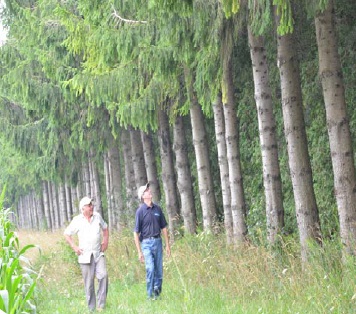
Figure 8. Bob Taylor taking a walk along his windbreak with a conservation authority forester.
Other windbreak management strategies included:
- removing low-hanging branches to protect farm equipment from potential damage from stray branches
- having the trees machine planted and band sprayed with simazine for grass and weed control
Summary
Bob hopes to continue to use the products from his windbreak and sawmill to finish constructing his new home. He also uses his sawmill to process lumber received from local clients.
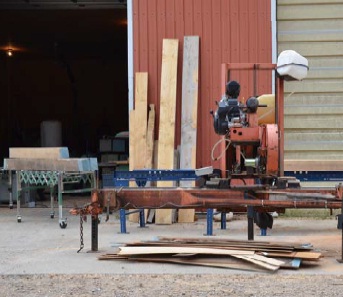
Figure 9. Portable sawmill for processing rough windbreak logs into dimensional lumber.
Windbreak maintenance: benefits and tips
- Promote a healthier windbreak by conducting routine maintenance, thinning and inspections.
- Remove low-hanging branches to reduce the risk of damage to farm equipment.
- Trim double leaders (two shoots that grow from the stem/branch at the top of the tree) so that the tree grows straighter, grows more rapidly and offers crop protection sooner.
- Thin limbs or remove stems of mature windbreaks to create an income opportunity, such as selling wood as fence posts, firewood and sawlogs.
- Use tactics to emit odour and repel deer, such as soap dispensers and tree guards, to improve tree survival for quicker growth. Quicker growth results in greater productivity and protection of the surrounding crops and trees.
- Remove nuisance perennial weeds, such as wind grapevines and invasive buckthorn that can kill windbreak trees.
Windbreak videos
After careful planning, many farmers have established windbreaks. These videos provide a collection of success stories and ideas on what to do and what to avoid. These videos will take you through the process of planning, planting and maintaining a windbreak.